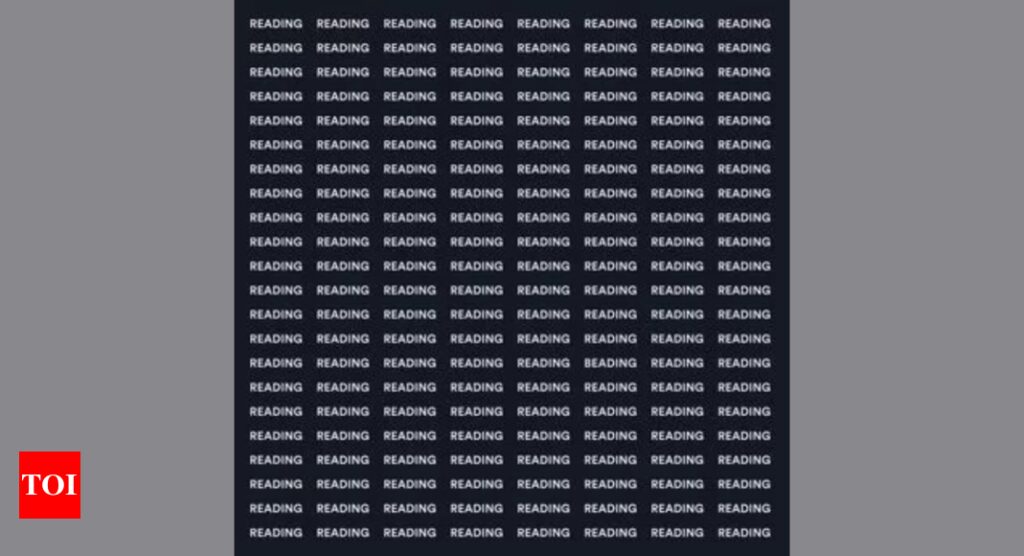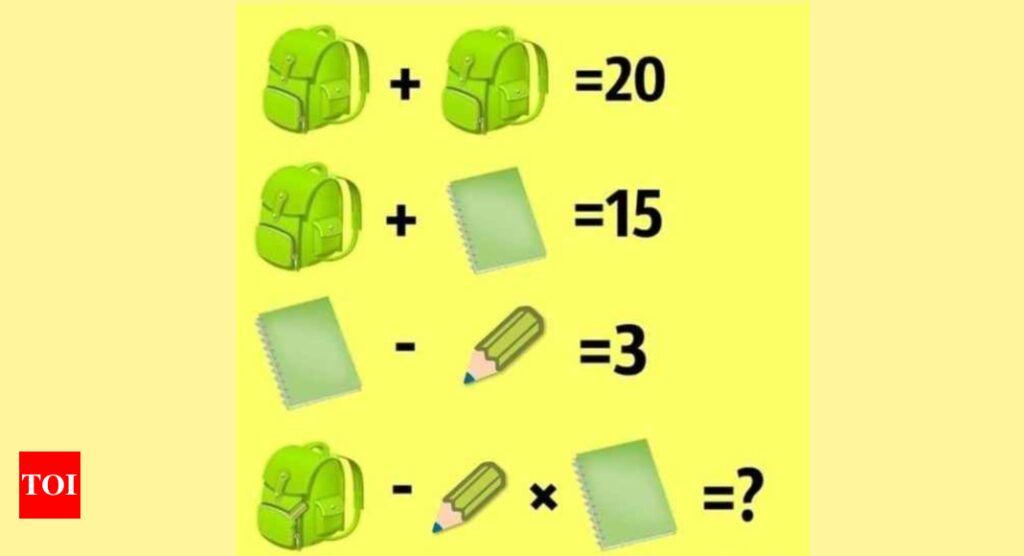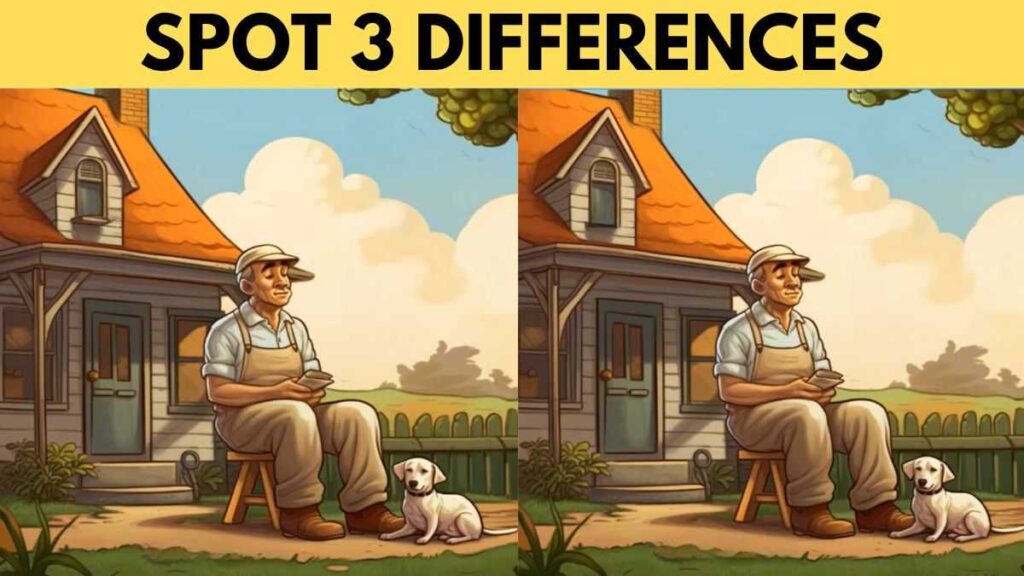(Image: Immerse Education/ Mirror UK) Here’s a new challenge for you. In this image that the Internet considers complicated and difficult, all you need to find is the word strange. Challenge yourself to race against the clock and identify the one word that doesn’t quite match the rest—all in less than 30 seconds. Imagine a grid in which the word “READ” is repeated endlessly in rows and columns. Amidst this sea of seemingly similar text, there is one word that is subtly different from the rest. This hidden word is deliberately designed to be complex, requiring intense concentration and keen observation to detect. Your brain and eyes must work in sync to detect subtle variations, as your mind naturally tends to look for patterns and similarities. This exercise not only tests your attention to detail but also trains your cognitive abilities, pushing your brain to distinguish between nearly identical elements under time pressure. Are you ready to take on the challenge? Optical illusions engage the brain by challenging its ability to process and interpret images. When an illusion occurs, the brain must decode conflicting visual signals and reconcile the difference between perception and reality. This process stimulates cognitive functions, such as pattern recognition, spatial awareness, and problem-solving skills. For example, illusions that create unimaginable shapes or depth distortions require the brain to continuously adjust its understanding of visual input. This mental exercise enhances neural flexibility and enhances the brain’s ability to process complex information. Analyzing optical illusions involves higher-level thinking, as the brain tries to make sense of ambiguous or conflicting signals. Regular exposure to optical illusions can improve overall cognitive function by encouraging the brain to think creatively and adaptively. This mental exercise helps keep the brain agile and sharp, promoting better cognitive health and visual perception skills.
Are you still having trouble spotting strange words? Here’s an important detail: odd words start with a ‘B’ instead of the usual ‘R’. So the word that stands out is “Beading” and not “Reading”. The subtle difference lies in the first letter, which makes this mind game especially difficult. The letters ‘B’ and ‘R’ look visually similar, requiring a keen eye and sharp focus to differentiate between them. If you’re still searching, take a closer look at the highlighted section below to see the answer.

Home-cooked meals are key to brain health, experts suggest



